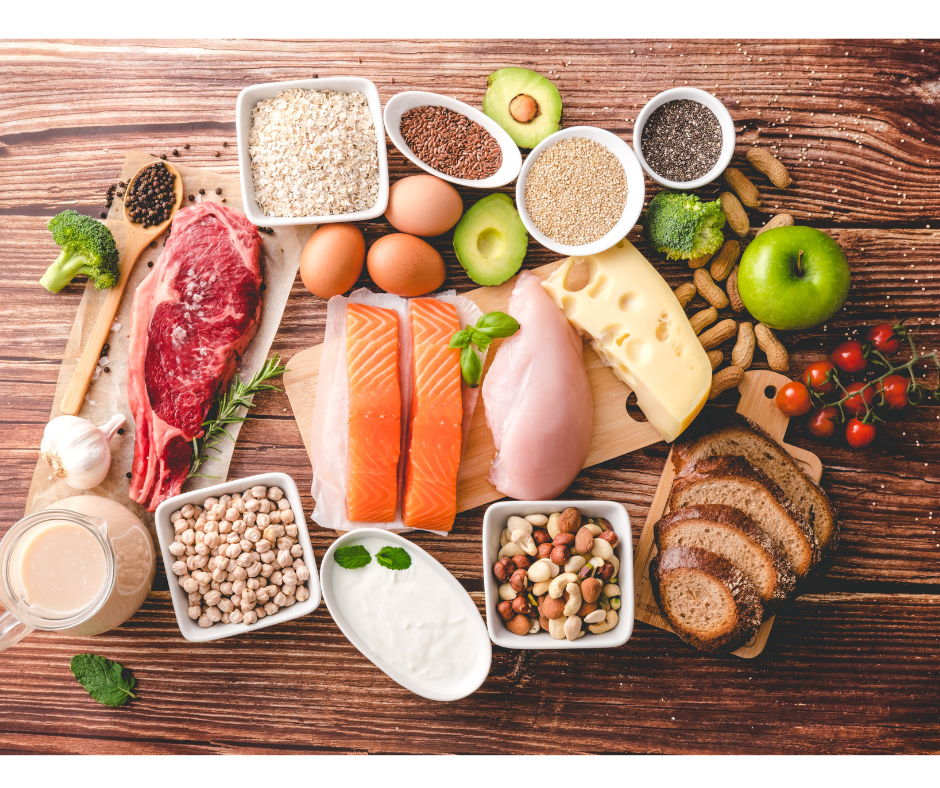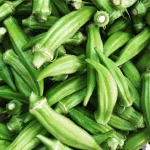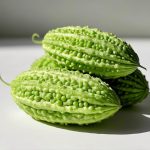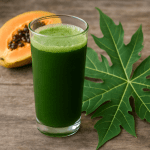Aside from helping with hormones and memory, healthy fats can also improve nutrient absorption. So now, I’ll give you a list of what healthy fats that are good for you.

When it comes to providing your body with energy, fat is just as important as protein and carbohydrates. Fat is necessary for the body to perform some of its functions. In order to be absorbed into the bloodstream and be of nutritional use, some vitamins, for instance, must first dissolve in fat.
Diets high in fat have long been associated with increased belly fat, bad cholesterol levels, and a host of other health issues. As a matter of fact, there are dozens of fats commonly consumed, and each one plays a unique role in the body and has various effects on your health. While saturated, unsaturated, and polyunsaturated fats all play an important role, individual fats have their own unique functions as well.
You can find healthy fats in foods like fatty fish, olive oil, and chia seeds. The addition of healthy fats to a meal makes you feel full faster, reduces the rate at which carbohydrates are absorbed, and enhances the flavor of what you’re eating.
Healthy fat foods you can add to your plate.
1. Fish
Fish with their natural fat content is widely considered to be among the healthiest sources of animal protein that can be consumed. Salmon, trout, mackerel, sardines, and herring are all examples of such fish. In addition to being a great source of protein, vitamins, and minerals, these fish are a great source of omega-3 fatty acids, which are good for your heart. They also have been linked to cognitive benefits, which may include helping older people maintain their cognitive abilities.
2. Avocados
You won’t find any other fruit quite like an avocado. Avocados are primarily composed of fats, in contrast to the majority of fruits, which are primarily composed of carbohydrates. One medium avocado contains about 21 grams of fat, making it even higher in fat than most animal foods. One of these rich green fat sources is packed with 9 grams of fiber. More than that, they contain many compounds with antioxidant properties.
3. Chia seeds
An ounce (28 grams) of chia seeds packs 11 grams of fat, most of which is omega-3 fatty acids despite their diminutive size. The omega-3 content of chia seeds is high relative to other plant foods. In addition, almost all of the carbohydrates in chia seeds are fiber, so the fat makes up the vast majority of the calories in them. The same is true of chia seeds. Chia seeds are not only high in fiber and omega-3 fatty acids, but they are also nutrient dense.
4. Eggs
Eggs are a common way for vegetarians to get the protein they need. A single 50-gram hard-boiled egg contains 5.3 grams of fat, with 1.6 grams coming from saturated sources. Eggs also have a wide range of vitamins and minerals, making them extremely nutrient dense. Choline is a good example of a nutrient that the brain requires but that 90% of the population is deficient in. In just one egg (weighing in at 50 grams), you can get 27% of your daily recommended intake of choline.
5. Nuts
Nutritionally, nuts’ score is unbelievably high. They provide a good amount of protein and healthy fats that are coming from a plant. For instance, walnuts are a great source of omega-3 and omega-6 fatty acids while also having only 21 grams of fat per ounce (28 grams) serving. There are also almonds, which are high in vitamin E and contain 15 grams of fat per ounce (28 grams).
6. Olive oil
Olive oil’s high concentration of heart-healthy monounsaturated fats is well-documented. Moreover, it is an excellent source of antioxidants and vitamin E and K. 1 tablespoon of olive oil has about 124 calories and 14 grams of fat, on average. Substituting olive oil for butter, margarine, mayonnaise, and other dairy fats is often associated with a lower risk of heart disease.
7. Full-fat dairy
Dairy is a great source of protein, and its fat is just as filling as any other kind of fat. If you’re not getting the same satisfaction from low-fat dairy products, try switching to full-fat. There are 8 grams of fat (and 5 grams of saturated fat) in a cup of whole milk or full-fat yogurt, and both are extremely nutrient-dense and utterly delicious.
8. Tofu
For its high quality fats and protein content among plants, tofu is a popular choice among vegetarians and vegans. Complete plant protein, as well as a good source of monounsaturated and polyunsaturated fats. Firm tofu has a little more than 4 grams of fat per 100 grams. About 11 grams of protein and about 10% of the calcium a person needs in a day can be found in this amount of tofu.
9. Dark Chocolate
Delicious dark chocolate contains about 11 grams of fat per ounce (28 grams), in addition to 2 grams of fiber. It contains high levels of antioxidants like resveratrol and epicatechin, which may have anti-aging and performance-enhancing effects and are also responsible for red wine’s health benefits.
10. Coconut
Coconut can be consumed in so many flavorful ways, including as milk, cream, water, oil, fresh meat, and dried flakes. Coconut flakes, whether sweetened or unsweetened, contain 8 grams of fat per ounce and boast a distinctively tropical flavor. However, healthy fat is also present in abundance in the other forms. To top it all off, incorporating coconut oil into your diet is simple. You could try rubbing it into your skin, using it in the kitchen, or doing any number of other creative things.
Along with carbs and protein, fat is one of the three macronutrients the body can’t live without. Beneficial monounsaturated and polyunsaturated fats are essential components of a well-rounded diet. Instead of worrying about your fat intake all the time, focus on eating a wide variety of fruits, vegetables, nuts, and beans, along with two or more servings of fatty fish per week, a moderate amount of dairy, a small amount of red meat, and only occasional fried or processed meals.
Disclaimer: This is for informational purposes only.
Did you find this helpful? Let us know in the comments.
Source: Healthline
You can also visit our Facebook and YouTube pages to know more about plants and their health benefits.
You might also like:








